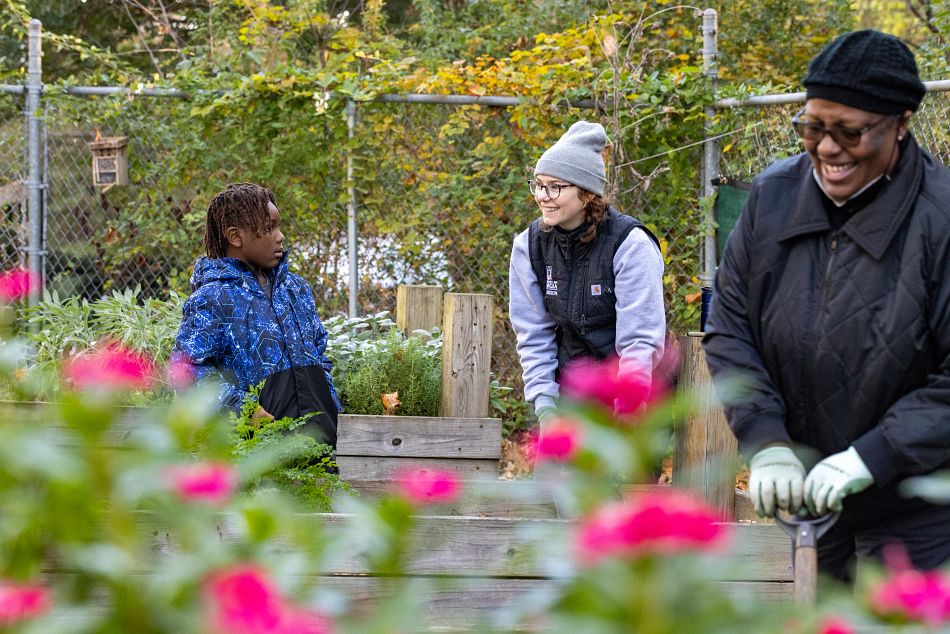Your favorite garden spot just isn't producing as it used to, in spite of more fertilizer, careful watering and better varieties. Is your memory fading, or were those tomatoes really redder in gardens past?
It's not your memory.
It's your soil's nutrient balance, said Darbie Granberry, a horticulturist with the University of Georgia Extension Service.
"You may have neglected a very important task," Granberry said. "You have to soil test to determine soil pH and fertilizer needs."
Old-timers sometimes say soil sours and needs a "sweetening" with lime.
That's not far from truth, Granberry said. As heavy rates of nitrogen fertilizer are applied over time, the soil becomes more acid.
Most vegetables grow best at a pH of 6.0 to 6.5, which is only slightly acid. If it dips below 6.0, the gardener should be adding lime in the fall so it can be worked in several months before spring planting.
"The main purpose of applying lime is to correct the pH," Granberry said. "But it also supplies needed calcium and magnesium, if you use dolomitic lime. Garden vegetables need both of these nutrients."
The only accurate way to know your garden's pH level is by soil testing.
Your county Extension agent has soil test bags and information on how to take a representative soil sample. The Extension agent will submit your soil to the UGA Soil, Plant and Water Analysis Lab and help you interpret the test results.
Maintaining a proper pH is so important, Granberry said, because many nutrients get tied up and unavailable when the pH is too low. Without nutrients, plants can't grow properly.
"Adding extra fertilizer in a low-pH situation doesn't compensate for the low pH because many of the added elements quickly become tied up, too," he said.
Although soil testing is the only accurate way to learn the pH level, you can let your vegetables tell you when there's a problem. Plants remain small or stunted and usually show poor leaf color. Leaves' edges may also turn brown.
"Actual symptoms can vary considerably, depending on which nutrient or nutrients are deficient or toxic," Granberry said. "Vegetable yields are reduced progressively as the soil becomes more acid. Little or no yields are obtained with a pH around 4.5 to 5.0."
Take advantage of the fall season and your county agent's services, Granberry said.






